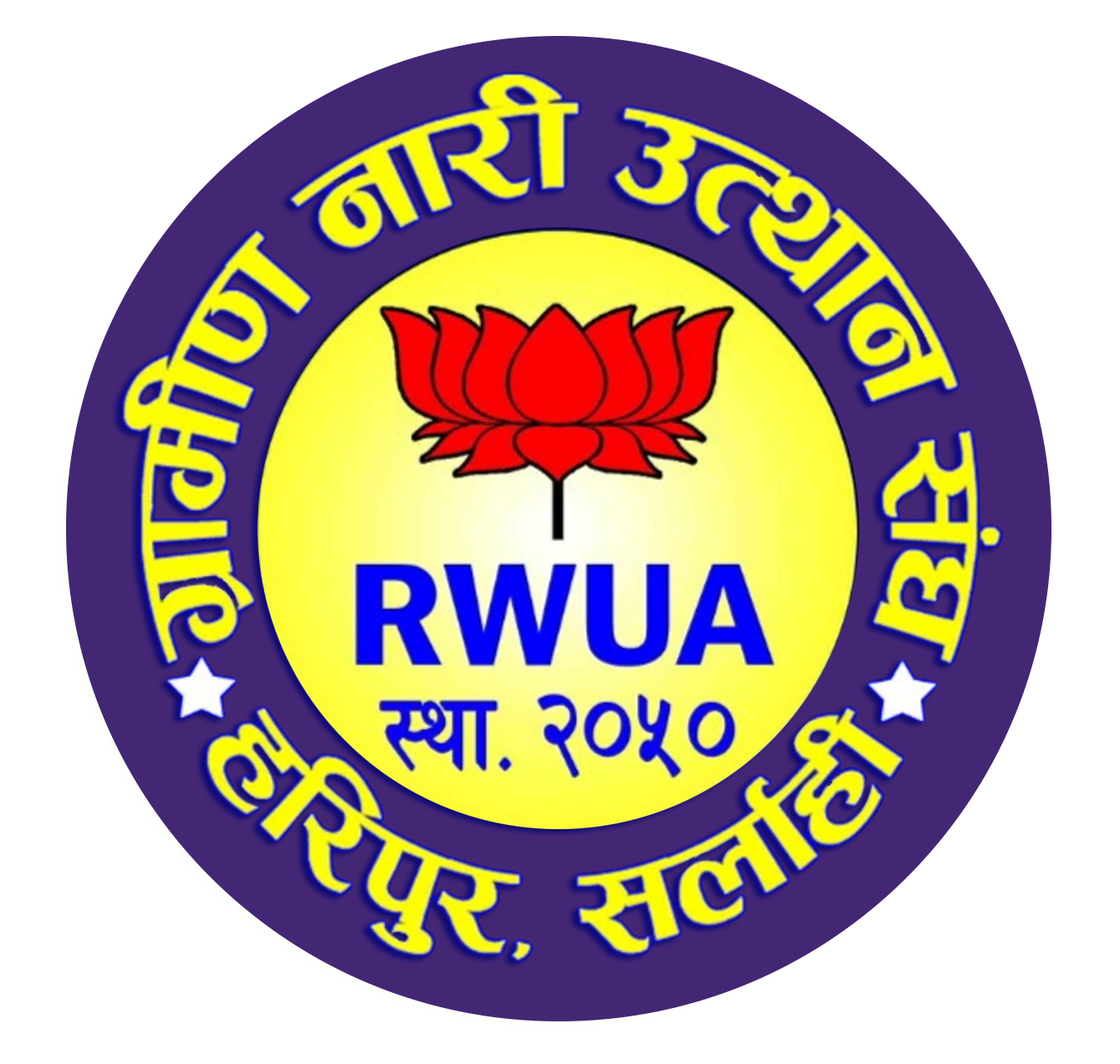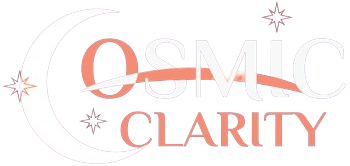In the digital age, ownership and control of your website and digital assets are more important than ever. If you’re a business owner currently facing a dispute with your developer or hosting provider—like the one detailed in this case—it’s time to take decisive action.
Here’s why migrating your website to your own server and domain account with trusted providers like GoDaddy, Hostinger, or reputable Nepali hosting companies is essential.
The Risks of Staying on a Developer’s Account
Many businesses rely on third-party developers to set up their websites. Often, these developers use their own hosting accounts to set up and manage websites. While convenient in the beginning, this setup has serious risks:
- Limited control: If your relationship with the developer turns sour, they could withhold access or even shut down your website.
- Ownership disputes: Who owns the content, code, and design? If your website is on the developer’s server, this can become murky.
- Security concerns: Relying on someone else’s account means you’re trusting them with your customer data and digital reputation.
In the case mentioned, the client was stuck in a complicated IP and collaboration dispute. The developer was ready to share the code, but the client didn’t have full access to the hosting environment or domain.
Why You Should Migrate to Your Own Account
- Full Control and Security
When you own the hosting and domain account:
- You decide who accesses your website and data.
- You can implement your own security measures.
- You can manage updates and backups independently.
- Future-Proof and Scalable
A personal account gives you the freedom to:
- Upgrade your hosting plan as your business grows.
- Choose better technology stacks or platforms.
- Work with multiple developers without losing control.
- Peace of Mind
A company’s digital assets are too valuable to leave in uncertain hands.
Owning your account means:
- You are the legal owner of the domain and hosting.
- You can switch providers anytime you feel you’re not getting the best service.
- You’re protected from disputes affecting your online presence.
How to Complete Your Website Migration
If you’re in a situation like the client in the Sarbatra case, here’s a simple migration roadmap:
Step 1: Purchase Your Own Hosting and Domain
- Choose a trusted provider like GoDaddy, Hostinger, or a reputable Nepali hosting company.
- Purchase a hosting plan that suits your website’s needs.
- If your domain is with the developer, request a domain transfer to your own account.
Step 2: Request the Code and Database
- Ask the developer to share the full source code, database, and assets.
- If possible, request a migration package (e.g., a zipped backup of files and database export).
Step 3: Set Up Your New Server
- Upload the website files to your new hosting.
- Import the database and configure connections (e.g., update database credentials).
- Point the domain to your new hosting (if transferred).
Step 4: Test and Secure
- Test the website thoroughly to ensure everything works.
- Set up SSL, backups, and security tools.
- Update CMS, plugins, and themes to avoid vulnerabilities.
Final Thoughts
In the digital world, control over your assets is key to security and growth. By migrating your website to your own server and domain account, you’re not just avoiding the headaches of disputes—you’re setting yourself up for a more secure, scalable, and independent future.
If you’re currently facing a dispute with your developer or want to ensure your digital presence is truly yours, don’t wait. Take the leap today.














